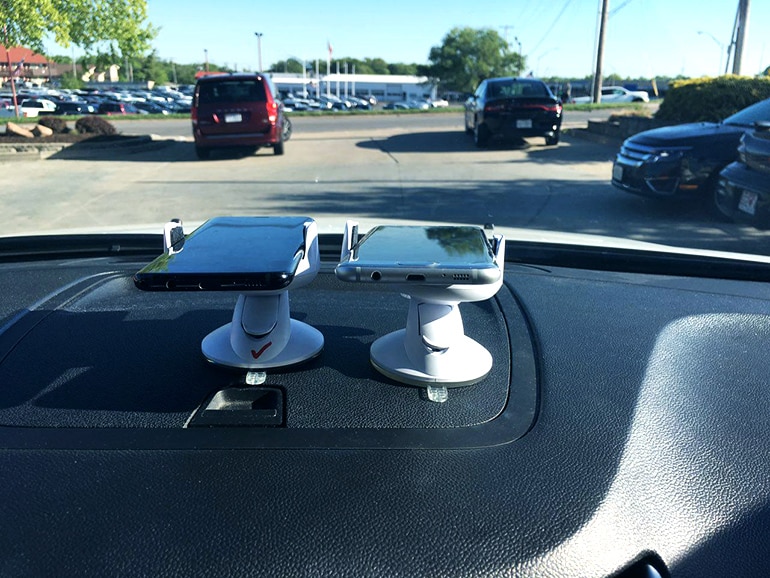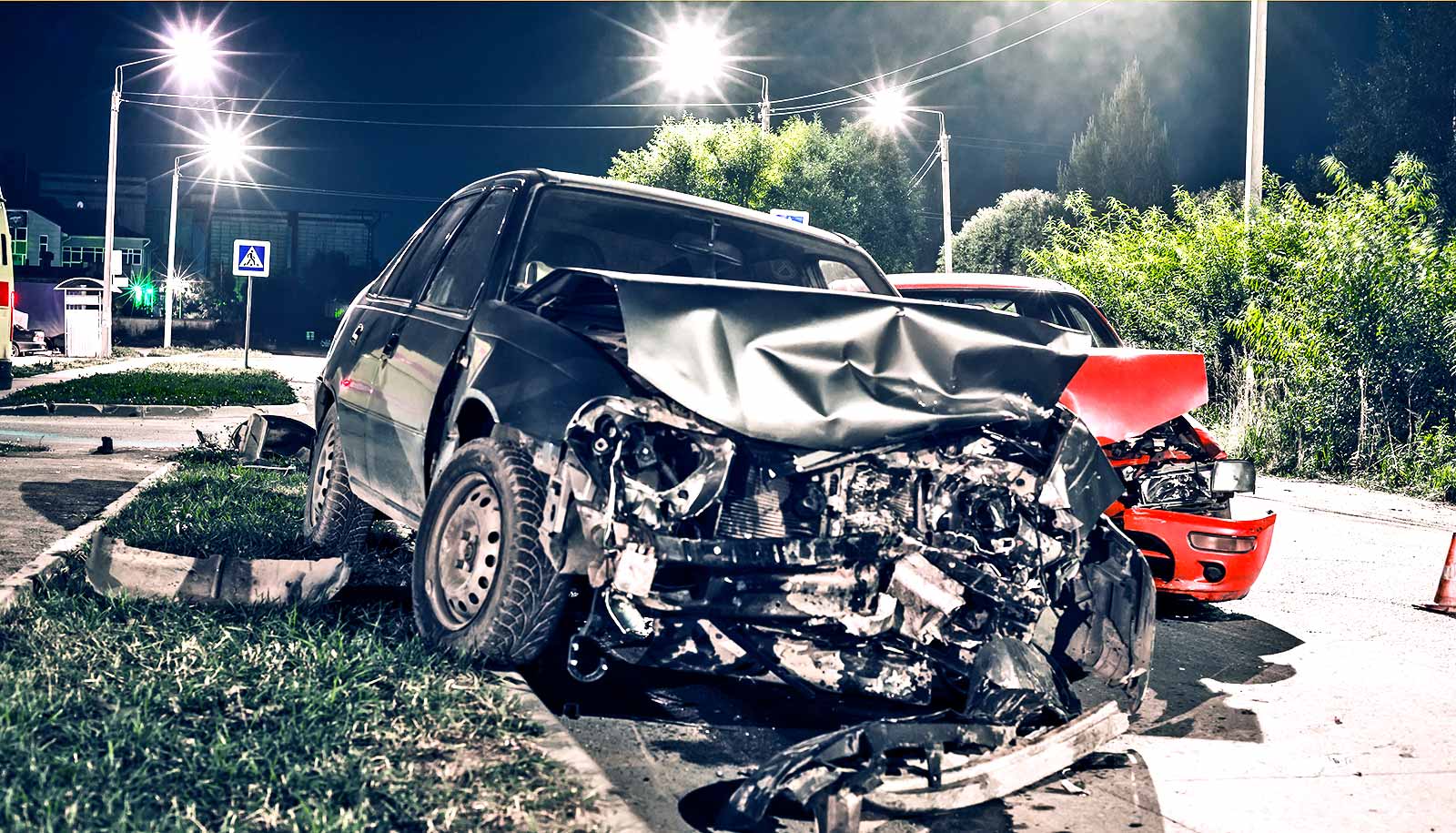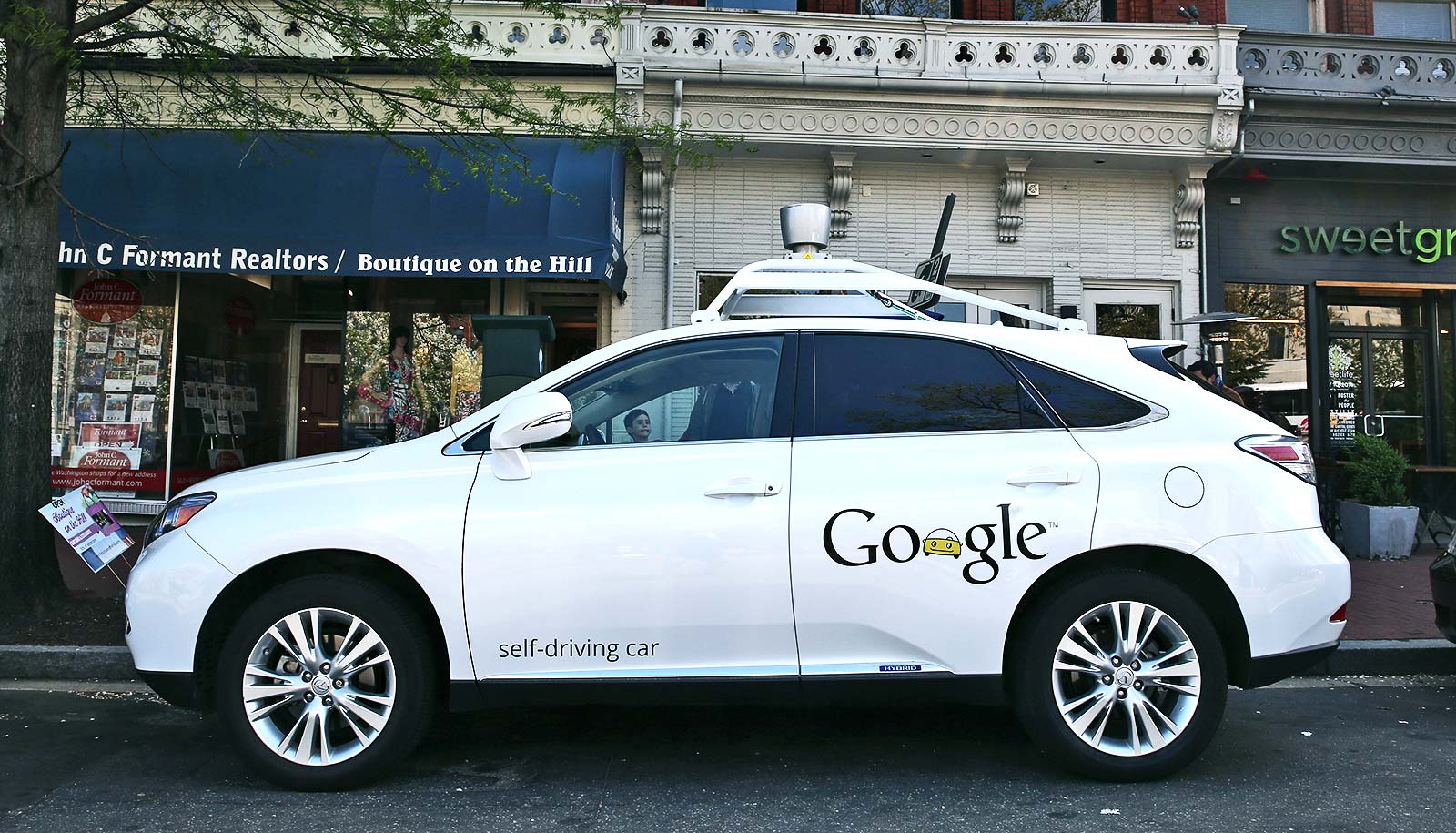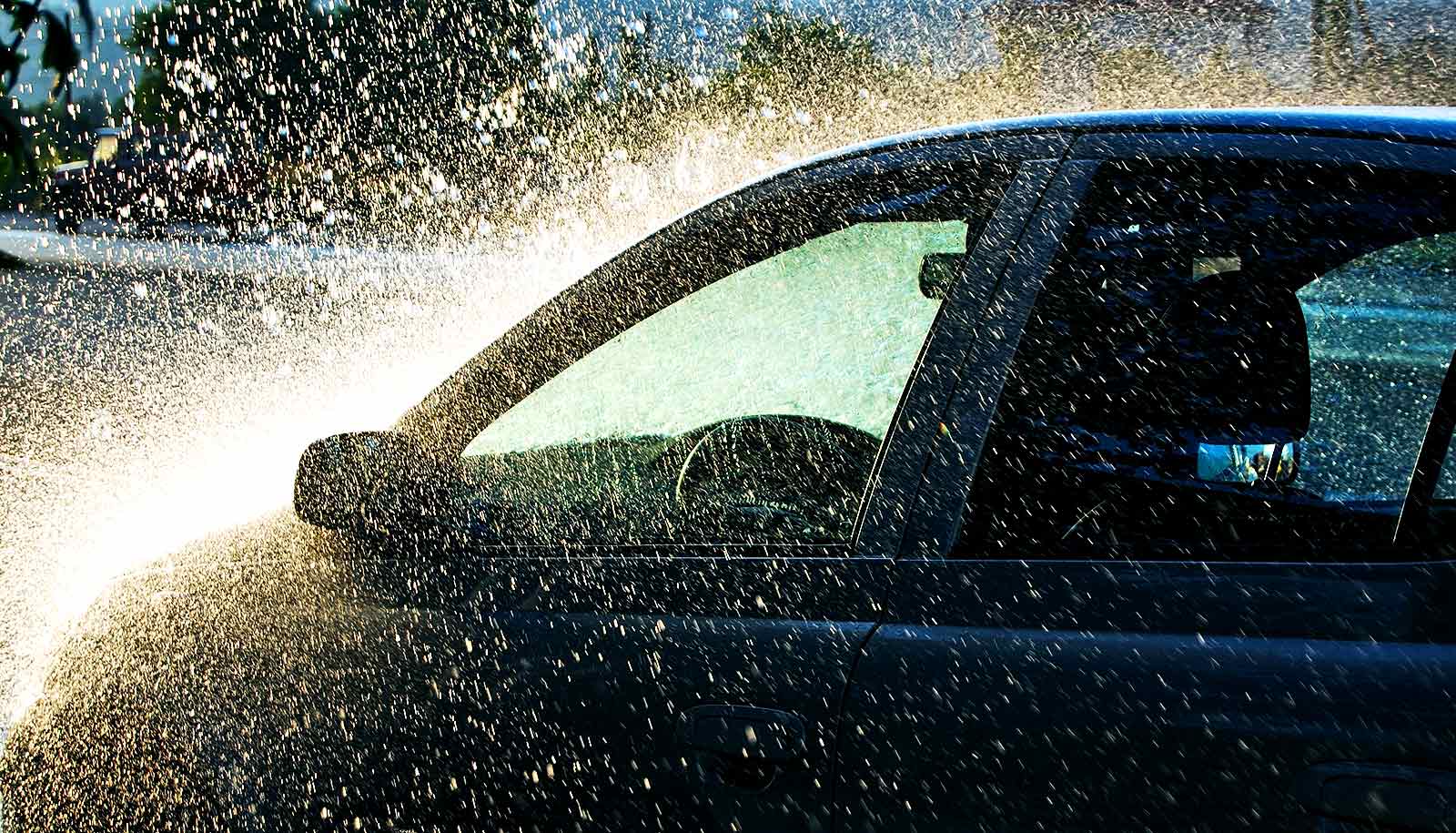New technology that uses smartphone-based sensors to monitor crumbing roads and aging bridges could potentially save millions of lives, researchers say.
A recent report by the American Society of Civil Engineers gave infrastructure systems in the United States a D+ rating nationwide on an A to F scale.
Based on estimations, researchers say the failure of civil infrastructure systems could cause a 1 percent reduction in the US GDP. In 2017, that number was $200 billion.
Scientists say they can use various sensors on smartphones such as a gyroscope, an accelerometer to measure speed, and camera, or tiny external sensors such as an infrared sensor, to determine the specific makeup and deterioration of a road’s surface in real-time.

Scientists won’t collect all the data, however. Once someone plugs the sensor into a smartphone, anyone can easily transmit the data wirelessly to a database while on a road. The researchers hope the large amount of crowdsourced data will allow for better informed decisions about the health of roads and bridges.
“Many of the existing methods to monitor our civil infrastructure systems have technical issues and are not user-centered,” says Amir Alavi, an assistant professor of civil and environmental engineering at the University of Missouri College of Engineering.
“People are looking for smart, cost effective, scalable, and user-centered approaches. With current advances in technology, people can help monitor or detect problems using their own devices, and smartphone technology allows us to do that with civil infrastructure.”
“Assessing roads, bridges, and airfields with affordable sensors, such as those found in smartphones, really works,” says Bill Buttlar, chair of flexible pavement technology. “With a smartphone, we can stitch together many inexpensive measurements to accurately assess things like the roughness or deterioration of a road surface.
“In a recent project sponsored by the Missouri Department of Transportation, we also showed that it can accurately assess the condition of airport runways and taxiways.”
The study appears in Future Generation Computer Systems.
The Missouri Department of Transportation funded the work. The content is solely the responsibility of the authors and does not necessarily represent the official views of the funding agencies.
Source: University of Missouri



